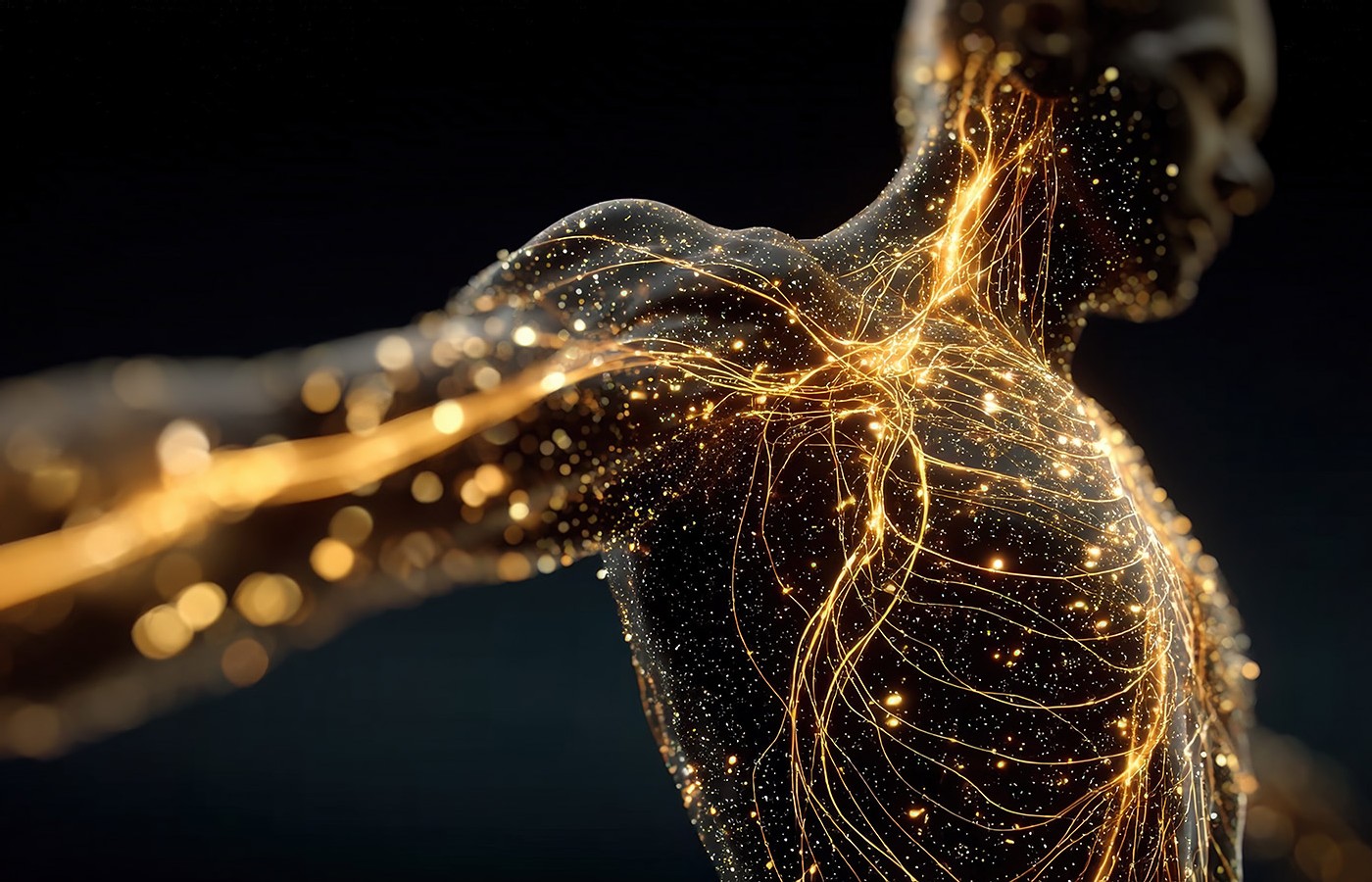Whether you accept it, avoid it or live somewhere in between, insurance coverage has become a defining issue for our profession. Patients increasingly expect to use their benefits, practitioners want to be compensated fairly for their time and expertise, and the system itself remains – at best – fragmented. The encouraging news is that coverage has expanded in meaningful ways. The challenging news is that reimbursement, across the board, remains inadequate.
Cultivating Emotional Processing Capacity Using the Transverse Luo Vessels
To be successful healers, we need to understand where our patients are coming from. This can be complicated, but it’s part of establishing resonance. We can do this through our ability to understand subtleties within signs and symptoms, which acupuncture channels are affected, and the way language and emotion are expressed.
Channels and “Roadways”
My teacher says acupuncture channels are like the “roadways” of life each of us is traveling on. They are realms of consciousness; residences of experience. The acupuncture points are fine-tuned aspects of these roadways: the stops along the way. We must identify which roadway a person is traveling on ... and where they might be stopped along the way.
Understanding the subtle imagery of Chinese medicine allows us to penetrate below the surface into a more expansive realm of understanding and communication. Each acupuncture channel system conducts a particular type of qi energy in the body: the superficial wei-defensive qi, internal ying-nutritive qi and yuan-constitutional qi.
Each acupuncture channel system has signs and symptoms to identify when a person’s qi is traveling along this roadway. We can use the primary channels (“roadways”) and their points to help orient us. The jing well points lead into the sinew channels, The luo points into the luo vessels, the he-sea points into the divergent channels. We can zoom in and zoom out, following the person as they travel from the primary roadways into the subpaths of the collateral systems.
We begin by learning the correspondences. Rebellious qi can suggest the person is traveling through the luo vessels, especially when there is an emotional component.
A major method of diagnosis according to the Nei Jing is asking questions to identify illness. Another method of diagnosis is through palpation, which includes pulse diagnosis. To some, the most revered method of diagnosis is “looking.” I choose to interpret this as: The most effective way to work with a patient is to “see them” where they are. This is not just seeing the illness or symptoms; not just vitals or blood tests. It’s seeing their spirit, emotions and mind.
This is what I understand when I read the passage, “All acupuncture must be rooted in spirit.” This is creating resonance. The ability to understanding the person through listening to their words, feeling the energy of their pulse or simply seeing where they are stuck.
A Clinical Case: Working With the Transverse Luo
I’ve been working with a patient who has extreme difficulty managing her emotions. The “roadways” she’s traveling on are the transverse luo vessels. The intention in our treatments became cultivating emotional processing capacity. Alongside the acupuncture treatment, I utilized Buddhist meditation imagery. We would identify the energetic level she was having difficulty with, as well as particular emotions. We’d practice “leaning into” the emotion, not avoiding it as was her habitual pattern.
I chose the transverse luo vessels based on avoidance being a state of “emptiness” of the luo. When the longitudinal luo “empty,” they do so into the Primary Channels, which can thereby place them into the level of the source. The issue gets lodge in the internal branches of the primary channels.
Classic symptoms of the transverse luo of the yang channels is inflammation. The yin transverse luo tend to manifest deficiency symptoms.
The yin primary channels (and zang organs) empower a person’s capacity to experience the primary emotions: joy / anxiety, fear, sadness/grief, pensiveness, anger. Dysfunction within the yin/zang can result in inability to experience emotions, or excessive emotional experience. This is what we began addressing in treatment.
There are two major “models” for working with the transverse luo. Working with heat pathology (inflammation) is done through the yang luo. The progression begins with yang ming (sweating and dryness), progressing into shao yang (sweating with joint issues) and tai yang (sweating with sensory orifice issues). This model is based on a “zonal” perspective similar to that of Shang Han Lun, with emphasis on the fu/yang.
The “emotional luo” model also utilizes the transverse luo, but with emphasis on the yin luo (the zang). The longitudinal luo don’t connect with the internal organs, with the exception of the heart, pericardium and spleen luo. The transverse luo, however, due to their connection with the source via the primary channels, do have connection with the internal organs. Therefore, we are using the luo to impact the internal organs.
Within the “emotional luo” model, we identify in which level of qi the person is stuck. The wei (surface) level is identified through emotional experience that is expressive, immediate or perhaps mood-level. Something actively expressing. The ying (internal) level is used for something being suppressed; whereas the yuan (constitutional) level is used for repression.
My teacher would say the primary channels encompass three energetic experiences of life: survival (wei), interactive (ying) and constitutional nature which creates our perspective (yuan).
The luo vessels are collaterals. They manage the traumas of our lives, manifesting states of blood and phlegm stasis. If an issue is associated with difficulty dealing with one’s constitutional nature, I would probably use the extraordinary vessels. But if the yuan level has been affected by trauma, altering constitutional expression, I’d use the luo vessels.
An issue associated with the constitution (yuan), or something we think is coming from repression is “opened” through the luo points TH 5 (Wei Guan) and KI 4 (Da Zhong). The particular emotion that is proving difficult is treated or “released” through the yang luo point associated with that emotion. For example, anxiety with SI 7 (Zhi Zheng), fear with BL 58 (Fei Yang), grief with LI 6 (Pian Li).
I used to think this treatment model merely “released” stuck emotion. However, I see it actually helps cultivate ability to process emotions, especially when we add yin source points.
With my patient, we started by cultivating the levels of interaction and expression. She was triggered by her family, and had difficulty managing anxiety felt in regard to expectations from others. She suppressed her emotions, trying to avoid them, due to fear they would overwhelm or get her into trouble.
To “open” the ying level of suppression, the luo points SP 4 (Gong Sun) and PC 6 (Nei Guan) were used. The spleen and heart-pericardium are traditionally associated with social interaction.
I would often alternate between focus on the ying and wei expressive levels, which are “opened” with LU 7 (Lie Que) and LR 5 (Li Gou). We would practice unbinding suppression and releasing expression. I often instructed my patient to practice “leaning into” the emotion she was experiencing. This is a common Buddhist meditation technique. We were retraining her avoidance tendencies.
Further into the treatment process, we began focusing into the yuan level. The focus was less on influencing or altering her personality, and more on clearing obstructions, to allow her original nature to reveal itself. We started becoming curious as to ways in which she might have altered her personality to meet the demands of her social and family environment. It was fascinating to watch different aspects of her start to emerge.



